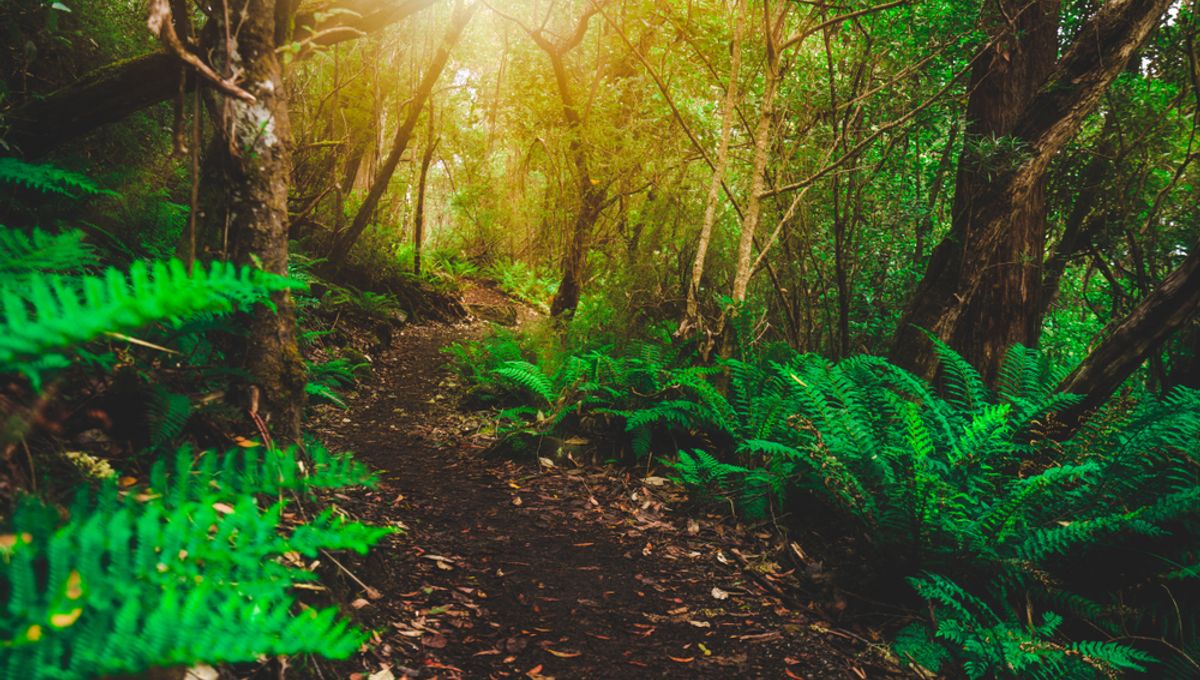
Ancient patches of super fertile black soil have been found dotted throughout the Amazon rainforest, supporting agricultural communities within the dense jungle for thousands of years. Over recent decades, archaeologists have been struggling to come up with an explanation for this so-called Amazonian dark earth, yet new research shows that it was intentionally created by ancient cultures – and continues to be produced by modern Indigenous communities.
“If you want to have large settlements, you need a nutritional base. But the soil in the Amazon is extensively leached of nutrients, and naturally poor for growing most crops,” explained study author Taylor Perron in a statement. Dark earth, however, is rich in vital components like carbon, phosphorus, and potassium, and would have allowed people to grow crops in areas that would otherwise have been infertile and unproductive.
Until now, however, scholars have been divided over the origins of dark earth, with some suggesting that it was deliberately cultivated while others claim it occurred as an accidental by-product of other agricultural practices. To get to the roots of the problem, the study authors traveled to the Kuikuro Indigenous Territory in the Brazilian Amazon, where patches of dark earth have been observed in both ancient sites and modern villages.
At the present-day Indigenous settlement of Kuikuro II, the researchers noted how locals piled up large quantities of nutrient-rich organic waste from fishing and manioc agriculture into trash middens. After a few years, these heaps had composted down to form dark earth, which was then used for planting nutrient-demanding crops that don’t grow well in unmodified Amazonian soils.
“We saw activities they did to modify the soil and increase the elements, like spreading ash on the ground, or spreading charcoal around the base of the tree, which were obviously intentional actions,” explained study author Morgan Schmidt. Villagers also described their soil-building traditions and practices to the researchers, referring to dark earth as “eegepe.”
To determine whether these same practices were employed in the distant past, the team compared dark earth from Kuikuro II with samples taken from nearby archaeological sites, including some ancient villages that were once home to the ancestors of the Kuikuro. The oldest of these samples was about 5,000 years old, while others ranged from about a millennium to 300 years in age.
Results showed that the spatial arrangement of dark earth in these ancient settlements matched that of Kuikuro II, with the majority deposited in the center of the village while transects extended outwards to the edges, like the spokes of a wheel. The composition of ancient and modern dark earth was also identical, with both displaying a ten-fold enrichment in phosphorus, potassium, calcium, magnesium, manganese, and zinc compared to unmodified Amazonian soils.
“These are all the elements that are in humans, animals, and plants, and they’re the ones that reduce the aluminum toxicity in soil, which is a notorious problem in the Amazon,” said Schmidt. “All these elements make the soil better for plant growth.”
Based on these observations, the researchers conclude that locals have been deliberately creating dark earth for thousands of years, and that “these soil management practices have fostered food production in low-fertility soils.”
Dark earth was also found to store huge amounts of carbon as a result of all the organic matter that went into making it. At the ancient settlement of Seku, for instance, an estimated 4,500 tonnes of carbon has remained trapped within this black soil for centuries.
“The ancient Amazonians put a lot of carbon in the soil, and a lot of that is still there today,” said study author Samuel Goldberg. “That’s exactly what we want for climate change mitigation efforts.”
“Maybe we could adapt some of their indigenous strategies on a larger scale, to lock up carbon in soil, in ways that we now know would stay there for a long time,” he proposes.
The study has been published in the journal Science Advances.
Source Link: We Now Know Where The Amazon’s Mysterious Dark Earth Comes From